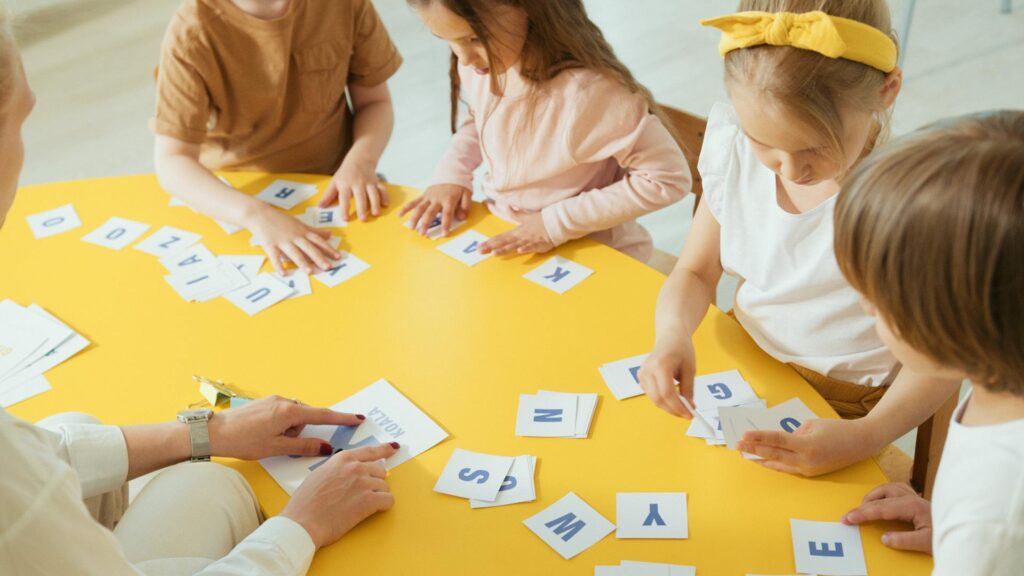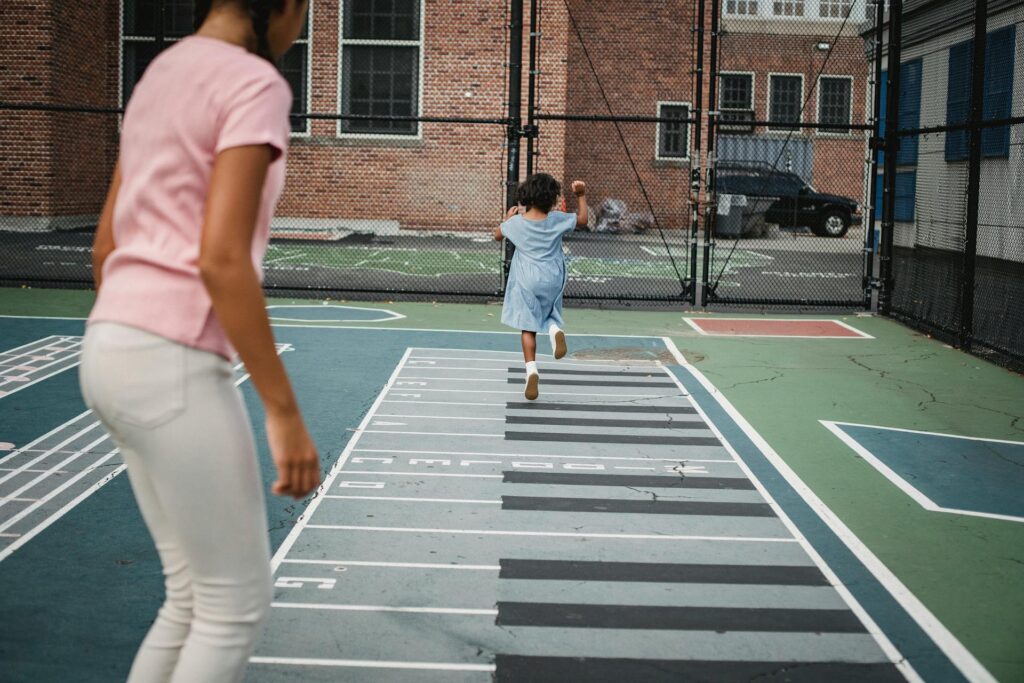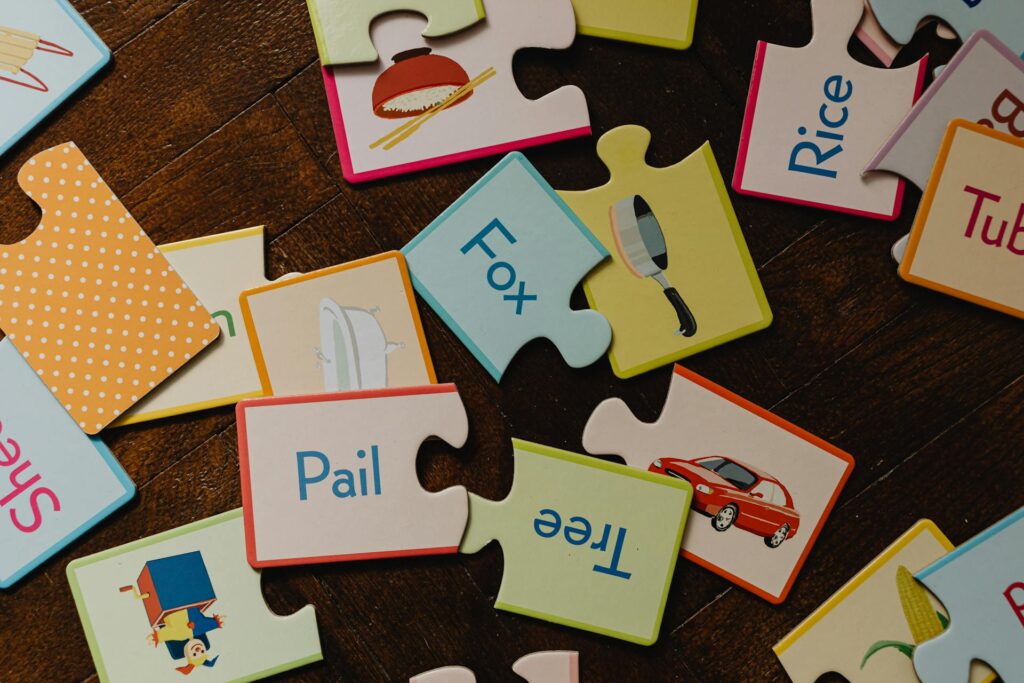Some of the links on this website are affiliate links, which means that if you click on them and make a purchase, I may earn a small commission at no additional cost to you. I only promote products and services that will add value to my readers. Thank you for supporting our work.
Teaching vowels to children is a crucial part of early literacy education, and it can be transformed from a mundane task into an enjoyable adventure! By incorporating engaging and interactive activities, you can make vowel learning a fun experience that ignites curiosity and enthusiasm in young learners. Here are six creative and practical activities designed to help kids understand vowels while having a great time. Each activity not only promotes learning but also encourages creativity and collaboration, making the process of mastering these fundamental building blocks of language exciting and memorable.
1. Vowel Sorting Game
The Vowel Sorting Game is an engaging and interactive activity designed to help children recognize and categorize vowel sounds while having fun. This hands-on game makes learning enjoyable and reinforces essential phonics skills.
How to Play:
1. Preparation: Write down short, simple words on individual cards. Each word should prominently feature one of the five vowels. For example, you might include “cat” for A, “pen” for E, “pig” for I, “dog” for O, and “sun” for U.
2. Set Up the Sorting Station: Create a vibrant and inviting sorting station by arranging five bins or containers, each clearly labeled with one of the vowels: A, E, I, O, U. You can decorate the bins to match the theme of vowel sounds, making the activity more appealing to kids.
3. Gameplay: Gather the children around the sorting station. One by one, present each word card to the kids, encouraging them to read the word aloud. As they do this, prompt them to listen carefully for the vowel sound within the word. After identifying the vowel, they will place the card into the corresponding bin.
This game effectively strengthens children’s understanding of vowel sounds, allowing them to make direct connections between vowels and the words they represent. Through repetition and active participation, kids enhance their phonemic awareness, which is crucial for their reading and speaking skills. The lively nature of the game keeps them engaged, making learning a dynamic experience.

2. Sing the Vowel Song
Music is an extraordinary tool for enhancing memory and facilitating learning, especially for young learners.
How to Play:
- Vowel Sounds Rock, A song by Jack Hartmann, or craft engaging songs centered around vowels.
- To make the experience more engaging, incorporate hand motions or rhythmic claps that align with the lyrics. This will transform the activity into a lively, interactive session.
Utilizing songs enables children to internalize vowel sounds through the power of repetition and catchy rhythms, making the learning process enjoyable and memorable. By connecting music with language, kids can better grasp and recall vowel sounds, reinforcing their understanding in a fun and effective way.

3. Vowel Scavenger Hunt
Transform the learning experience into an engaging adventure with a vowel scavenger hunt! This activity captivates children’s imaginations and reinforces their understanding of vowel sounds through play.
How to Play:
- Prepare a colorful checklist featuring the five vowels: A, E, I, O, and U.
- Challenge the children to search for objects corresponding to each vowel sound around the house or classroom.
- Encourage them to think creatively. For example, they might find an “apple” to represent the letter A, an “egg” for E, an “igloo” for I, an “octopus” for O, and an “umbrella” for U.
This interactive scavenger hunt connects abstract vowel sounds to tangible items, reinforcing recognition and understanding in a fun, real-world context. By associating letters with everyday objects, children learn and develop a deeper appreciation for language in their environment.

4. Vowel Hopscotch
Incorporating physical activity with educational fun energizes and fully engages children in their learning experience.
How to Play:
- Start by creating a colorful hopscotch grid on the ground, ensuring each square is assigned a different vowel A, E, I, O, U. You can use chalk or tape, depending on the surface.
- As the children take turns hopping through the grid, encourage them to shout out the sound of the vowel they land on or devise a word that features that vowel. For example, when landing on “A,” they could excitedly exclaim, “A – apple!”
This energetic game helps kids reinforce their understanding of vowel sounds and builds muscle memory through movement. By turning learning into a physical activity that combines play with education, children find the experience more dynamic and enjoyable, making those vowel sounds stick.
5. Word Building with Vowel Tiles
Incorporating hands-on activities, such as word building, is an excellent way to support visual and tactile learners. This provides them with a dynamic and interactive method to grasp language concepts.
How to Play:
Gather a set of letter tiles or magnetic letters. Arrange them to form simple, everyday words like “cat,” “bed,” and “dog.”
Encourage experimentation by swapping out the vowels in these words. For example, change “cat” to “cot” and discuss how this vowel change alters the word’s pronunciation.
Challenge learners to create additional words by manipulating the vowels, fostering creativity and deeper understanding.
This activity effectively reinforces how vowels function within words, highlighting their critical role in word formation and pronunciation. Students can visualize the changes by physically manipulating the letters, making the learning experience memorable and enjoyable. This tactile approach helps solidify their grasp of language while enhancing their phonemic awareness.

6. Vowel Art and Crafts
Engage your child’s creativity while enhancing their understanding of vowels through fun and interactive crafting activities.
How to Play:
You can start by assigning each child a specific vowel. For example, one child might receive the letter “A.”
Encourage the children to gather or draw objects that start with their assigned vowels. For instance, the child with the letter “A” could create a colorful collage featuring an apple, an alligator, and an airplane.
Once the artwork is complete, set up a display area to showcase all the creations. This allows each child to present their work, reinforcing the connection between the vowel and the objects they’ve chosen.
This hands-on art activity fosters creativity and helps solidify vowel recognition and vocabulary skills. As children engage with the materials and concepts, they are more likely to remember the sounds and words associated with each vowel, making learning enjoyable and effective.
In conclusion, teaching vowels can be an engaging and exciting experience. By incorporating these six dynamic activities into your lessons, you can create a lively, interactive atmosphere that captivates young learners. These fun games and exercises turn learning vowels into an enjoyable adventure and lay a solid foundation for essential reading and language skills.
Start integrating these activities into your teaching methods today, and you’ll notice a significant change in your child’s enthusiasm for reading. Watch as their passion for stories and letters flourishes as they joyfully explore the world of reading.


Wow that was odd. I just wrote an extremely long comment but after I clicked submit my comment
didn’t appear. Grrrr… well I’m not writing all
that over again. Anyways, just wanted to say wonderful blog!
I’m truly enjoying the design and layout of your blog.
It’s a very easy on the eyes which makes it much more
pleasant for me to come here and visit more often. Did you hire out a developer
to create your theme? Superb work!